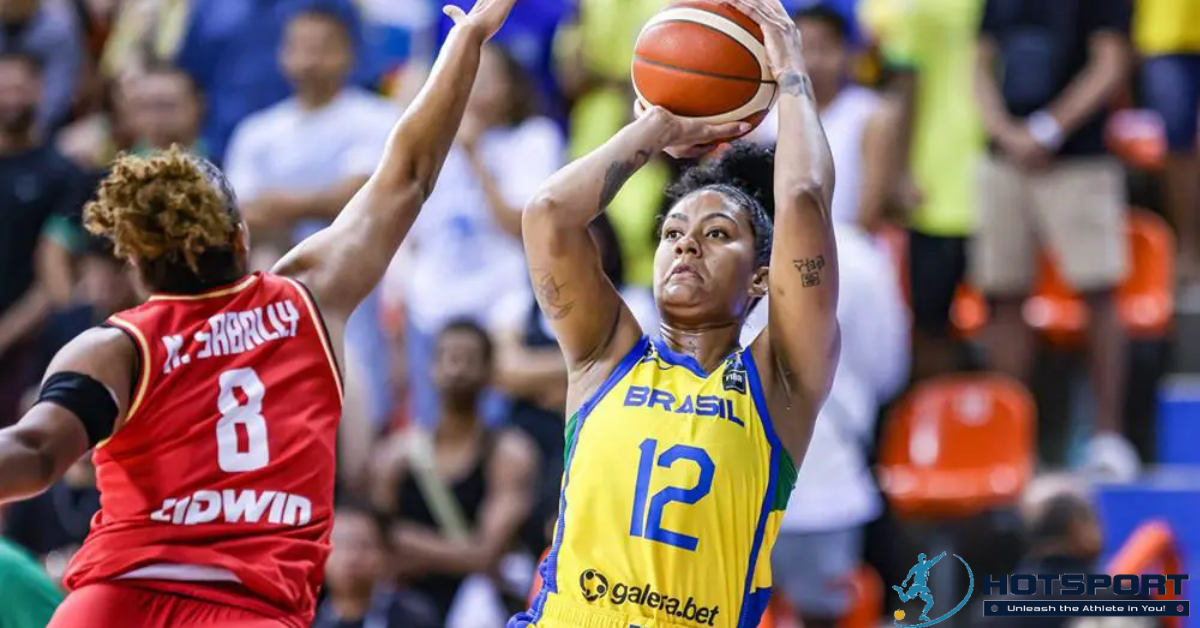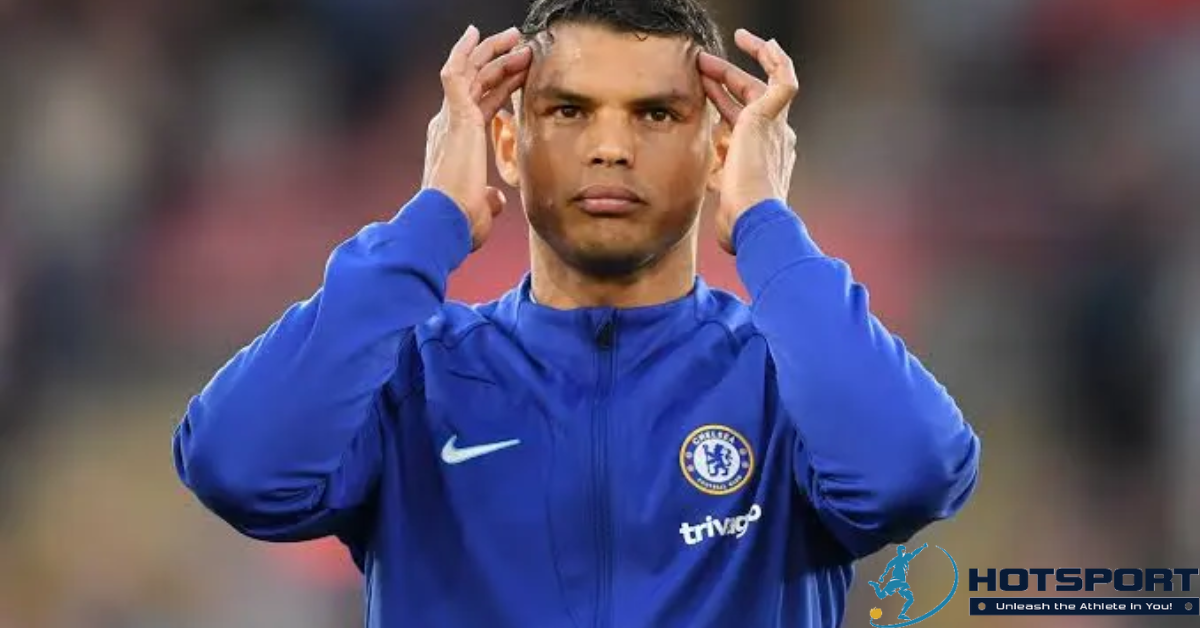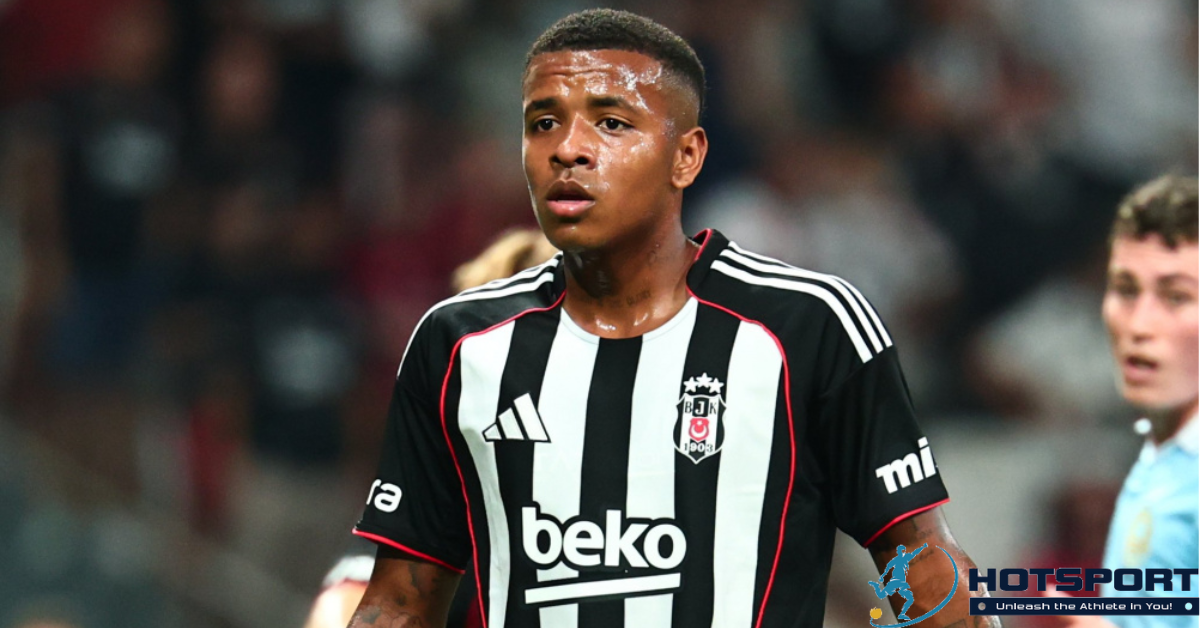Women’s Basketball in Brazil: A Journey of Resilience and Glory
Women’s basketball in Brazil is a story of talent, perseverance, and unforgettable triumphs. From its introduction in the country to the present day, Brazilian female athletes have faced social, structural, and financial challenges but have also built a legacy of victories that inspire generations. This article explores the journey of Brazilian women’s basketball, its iconic figures, moments of glory, and the challenges that persist, celebrating the strength of the women who have put Brazil on the global sports map.
Origins of Women’s Basketball in Brazil
The Arrival of Basketball in Brazil
Basketball arrived in Brazil in 1896, brought by American Augusto Shaw, a teacher at Mackenzie College in São Paulo. Initially, the sport was embraced by both men and women, but cultural barriers of the time limited female participation. While men gained prominence, women faced prejudices that deemed sports inappropriate for the “feminine profile.” Despite this, the pioneers of women’s basketball began carving out their space, challenging social norms and gaining ground.
The First Pioneers
In the 1940s, women’s basketball in Brazil began to organize. In 1946, the first Brazilian women’s national team was formed, winning a silver medal at the South American Championship. Players like Norminha, Heleninha, Nadir, Odila, and Marlene were instrumental during this period, competing in an environment with little visibility and resources. These athletes paved the way for future generations, proving that female talent could shine on the court.
The Golden Era: The 1990s
The 1994 World Championship
The pinnacle of Brazilian women’s basketball came in 1994 when the national team won the World Championship in Australia, a historic achievement that marked the sport in the country. Coached by Miguel Ângelo da Luz, the team, led by legends like Hortência Marcari, Magic Paula, Janeth Arcain, Alessandra Oliveira, and Helen Luz, overcame formidable opponents, including the United States in the semifinals and China in the final, with a score of 96-87. This title broke the dominance of teams like the United States and the Soviet Union, placing Brazil at the top of world basketball.
Olympic Medals
The 1990s were also marked by Olympic successes. In 1996, at the Atlanta Games, the Brazilian women’s team reached the final undefeated, earning a silver medal after facing the United States, who won 111-87. In 2000, in Sydney, Brazil secured the bronze medal by defeating South Korea 84-73. These medals solidified the golden generation, composed of players who became icons of Brazilian sports.
Iconic Figures
- Hortência Marcari: Known as the “Queen,” Hortência is the all-time leading scorer for the Brazilian women’s national team and one of the greatest Brazilian athletes ever. Her long-range shooting and leadership on the court made her a legend.
- Magic Paula: A rival and teammate of Hortência, Paula was renowned for her court vision and precise passing. Her presence in the WNBA and induction into the Women’s Basketball Hall of Fame underscore her significance.
- Janeth Arcain: A four-time WNBA champion with the Houston Comets, Janeth was the first Brazilian to shine in the American league, known for her versatility and defensive prowess.
- Alessandra Oliveira: A dominant center, Alessandra was a key figure in the World Championship and Olympic successes, excelling in the paint.
Achievements in Continental Competitions
Pan American Games
Brazilian women’s basketball has an impressive record in the Pan American Games. Since the 1960s, the national team has accumulated numerous medals, with gold medals in 1967, 1971, 1991, 2019, and 2023. In 2023, at the Santiago Pan, Brazil defeated Colombia 50-40, securing its fifth gold, with standout performances from Érika de Souza, Vanessa Fausto (Sassá), and Maria Albiero.
Copa América and South American Championship
The Brazilian women’s team is the most successful in the Copa América, with six titles (1997, 2001, 2003, 2009, 2011, and 2023). In 2023, Brazil defeated the United States 69-58, ending a 12-year drought and reigniting hopes for the future. In the South American Championship, Brazil holds a record 27 titles, the most recent in 2022 against Argentina, 69-68, with a game-winning shot by Tainá Paixão.
Historical and Structural Challenges
Prejudice and Social Barriers
Historically, Brazilian women faced significant barriers to participating in sports. Until 1979, some women’s sports were banned by law during the military dictatorship, though basketball was not among them. Still, social prejudices made participation difficult, with sports deemed “unsuitable” for women. Athletes like Zilda Ulbrich, from the first national team, overcame these barriers, achieving significant titles.
Lack of Investment and Visibility
Despite its successes, Brazilian women’s basketball suffers from a lack of investment and media visibility. After the 1990s boom, the sport declined due to reduced sponsorships and structured competitions. The creation of the Women’s Basketball League (LBF) in 2010 was a crucial step toward restructuring the sport, but clubs still face financial challenges. Limited media coverage also hinders encouragement for new generations.
Post-2000 Decline
After 2000, Brazilian women’s basketball faced a challenging period. The national team failed to qualify for the 2018 and 2022 World Championships and missed the Tokyo 2020 and Paris 2024 Olympics. In 2008 and 2012, Brazil finished 11th and 9th in the Olympics, respectively, and in 2016, placed second-to-last in Rio de Janeiro. These results contrast with past successes and highlight the need for renewal.
The Women’s Basketball League (LBF)
Structuring National Basketball
The creation of the LBF in 2010 marked a new chapter for women’s basketball in Brazil. Organized by the clubs with the endorsement of the Brazilian Basketball Confederation (CBB), the league brought greater competitiveness and organization. Teams like Americana, Ourinhos, and Sampaio Basquete have stood out, with Americana being the most successful, with four titles by 2018. The LBF has also encouraged the development of new athletes, though financial challenges persist.
Social Impact and Development
The LBF has contributed to player development and improved the social perception of women’s basketball. A 2018 study with 57 LBF players showed that most began playing in school, highlighting the importance of sports in education. Additionally, a basketball career has provided social mobility, with many athletes reporting improved quality of life and education levels above the national average.
Current Stars and the Future
New Generations
Today, players like Damiris Dantas, Kamilla Cardoso, and Stephanie Soares represent the new generation of Brazilian women’s basketball. Damiris, a power forward for the Minnesota Lynx in the WNBA, is the only active Brazilian in the league. Kamilla Cardoso, a Top 5 WNBA draft pick, and Stephanie Soares, also drafted, are promising talents. Alongside veterans like Isabela Ramona, these athletes are working to restore Brazil’s place among the global elite.
The Path to 2026
After missing Paris 2024, the Brazilian women’s team is focused on the 2026 World Championship Pre-Qualifier, set to begin in August 2024 in Rwanda. A victory in Group C will secure a spot in the second pre-qualifier, a crucial step toward returning to the World Championship. The 2023 Copa América victory, with standout performances from Damiris, Kamilla, and Bella Nascimento, shows that Brazil is on the right track.
Rules and Characteristics of Women’s Basketball
Technical Differences
Women’s basketball follows the same basic rules as men’s, as set by FIBA, but with subtle differences. The women’s ball has a diameter of 72-74 cm and weighs 510-567 g, slightly smaller than the men’s (75-78 cm, 567-650 g). There are also discussions about lowering the hoop height (currently 3.05 m) to facilitate dunks and make the game more appealing, though this proposal is still under consideration.
Fundamentals of the Game
The fundamentals of basketball include:
- Passing: The chest pass is the most common, enabling quick exchanges between players.
- Dribbling: Essential for advancing on the court, requiring motor coordination.
- Shooting: Includes layups, mid-range and long-range shots, and free throws.
- Rebounding: Competing for the ball after missed shots.
- Blocking (shot-blocking): Intercepting opponents’ shots.
Legacy and Inspiration
Brazilian women’s basketball is more than a sport; it is a symbol of resilience and triumph. From the pioneers of the 1940s to WNBA stars, Brazilian players have shown that talent and determination can overcome barriers. The 1994 World Championship, Olympic medals, and continental titles are testaments to Brazil’s potential. For the future, investment in infrastructure, youth development, and visibility is essential to sustain this legacy.
Women’s basketball in Brazil inspires girls to dream big, showing that with hard work and passion, reaching the top is possible. Here’s to more baskets, more victories, and more stories to tell!



